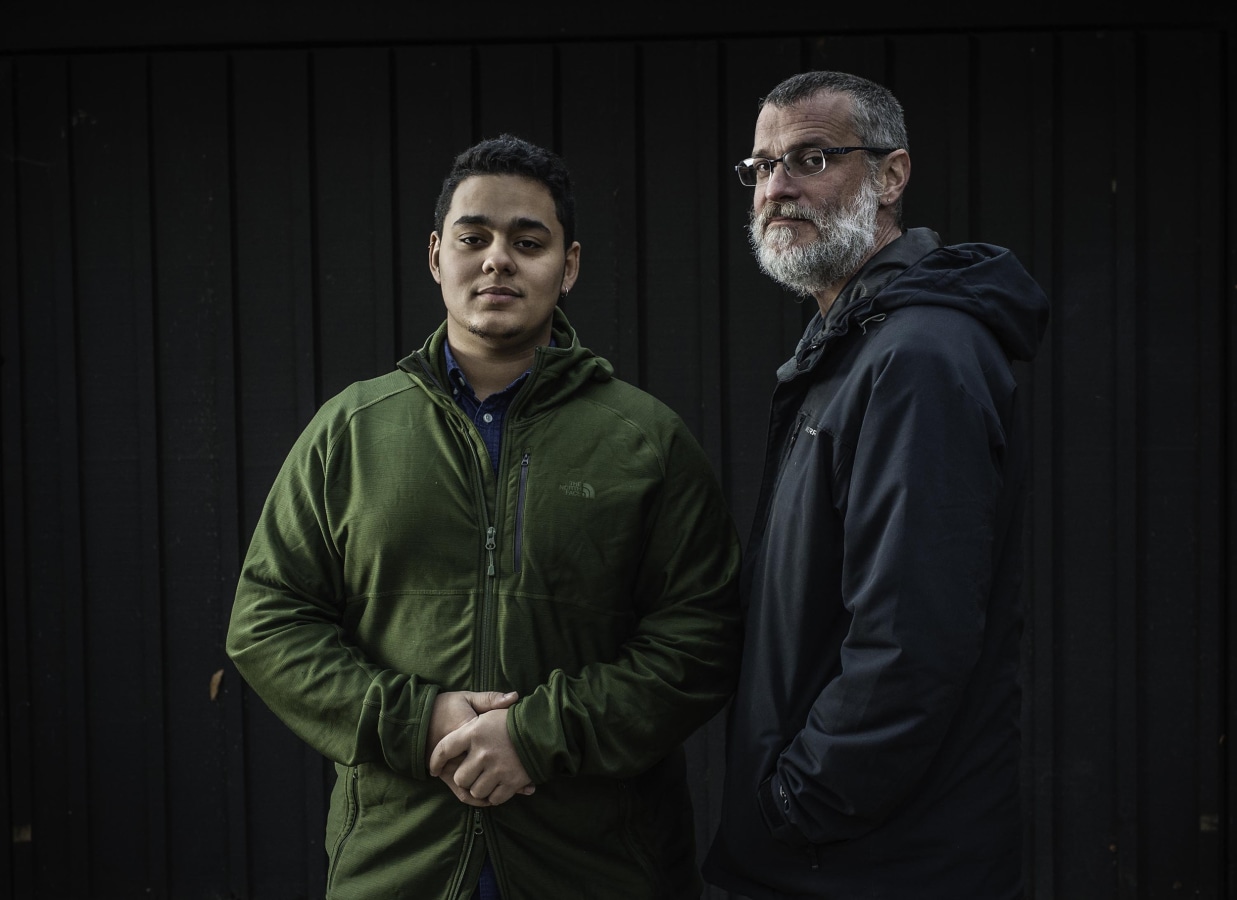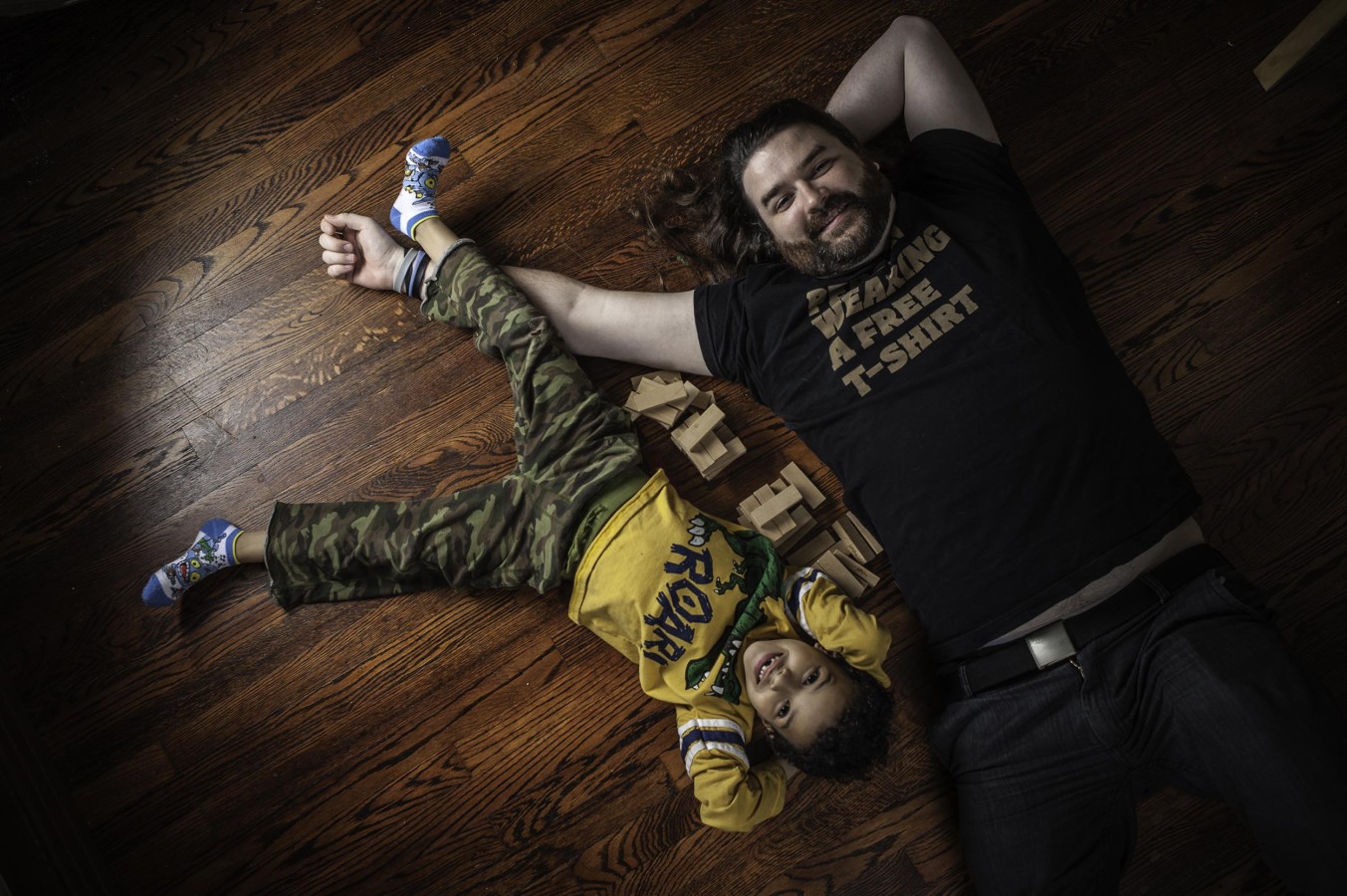So what are you anyway?Posted in Articles, Family/Parenting, Identity Development/Psychology, Media Archive, United States on 2015-01-20 19:50Z by Steven |
CYF News (CYF News is the newsletter for the Children, Youth and Families Office)
American Psycological Association
August 2013
Mahogany L. Swanson
Individuals in the U.S. with one Black and one White parent use the concept of “race switching” as one mechanism for coping with pressures of racial identity.
Although biracial individuals include any persons with parents of differing race, this paper uses the term biracial to identify any individual whose parents are of African and European descent. Biracial individuals, or individuals with one black and one white parent, growing up in the United States develop a necessary coping mechanism whereby they are able to race switch. Race switching (see Wilton, Sanchez, & Garcia, 2013) allows individuals to identify and de-identify with different parts of their identity. This process of identification and de-identification is often dictated by the constraints or opportunities in the social milieu. Although viewed by some as opportunistic, an often-hostile environment may compel the need for racial fluidity in many self-identified biracial and multiracial individuals; however, the consequences of race switching can be deleterious for these individuals.
Multiracial and biracial individuals experience unique challenges with regards to their racial self-identification. Although in 1967 the Supreme Court ruled that the criminalization of miscegenation by the state was unconstitutional it was not until 2000 that the children of such marriages were permitted to self-identify as biracial on the national census (Roth, 2005). Additionally, in a study conducted by Herman (2004), biracial individuals with at least one black ancestor reported significantly more perceived discrimination than any other minority monoracial group, including Blacks (Herman, 2004). This finding is disconcerting given that Jackson, Yoo, Guevarra, & Harrington (2012) found individuals expressing greater amounts or perceived racial discrimination concomitantly reported lower levels of psychological adjustment.
This racial discrimination can result in the individual de-identifying with his or her biracial or multiracial identity, and choosing to self-identify with the more accepted minority and monoracial race. Historically, the singularly black identity was given to all biracial and multiracial individuals, regardless of whether they espoused this identity. Coined the “one-drop rule“, and often a means of hegemony, an individual with one black ancestor was considered singularly black. Overtime, this method of racial reporting was accepted and used by Blacks and Biracials alike (Roth, 2005).
In addition to the one-drop rule, racial classification is frequently done through a process known as physiognomy, or the practice of making decisions about a person’s race based off his or her physical appearance. In a national longitudinal study conducted by Doyle and Kao (2007), 97 percent of self-identified biracial individuals who believed they appeared more black were identified by others as looking more black, where as only 17 percent of self-identified biracial individuals who believed they appeared more white were also described as being white by an outside observer. According to Doyle & Kao (2007), black/white biracial individuals are often compelled by society to self-identify as black due to physiognomy; whereas those minorities with lighter skin color, such as Native and Asian Americans are often given more latitude in terms of self-identification. The last three types of racial self-identification used by biracial individuals include: singularly white, border identity, protean and transcendent identity (see Roth 2005; Hitlin, Brown, and Elder, 2007)…
Read the entire article here.



